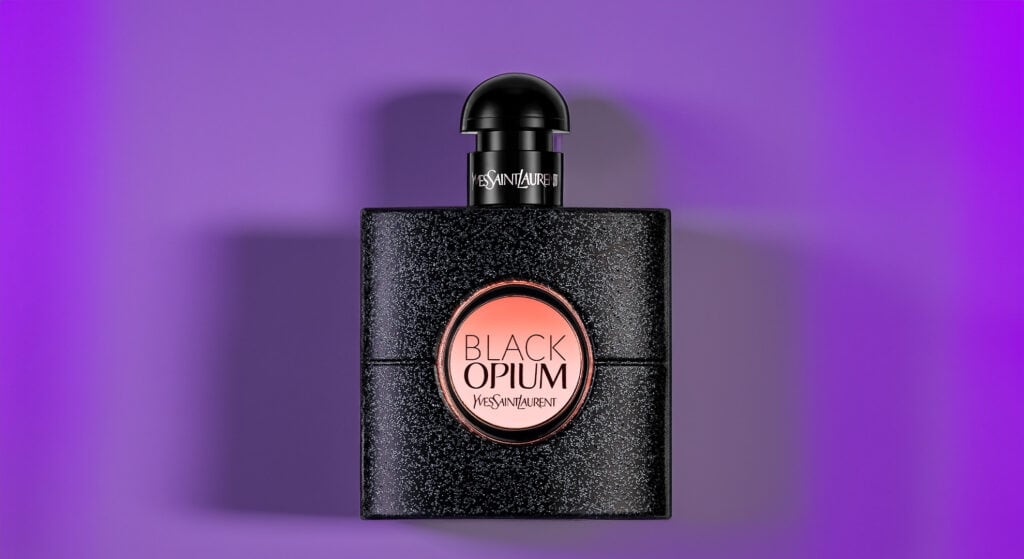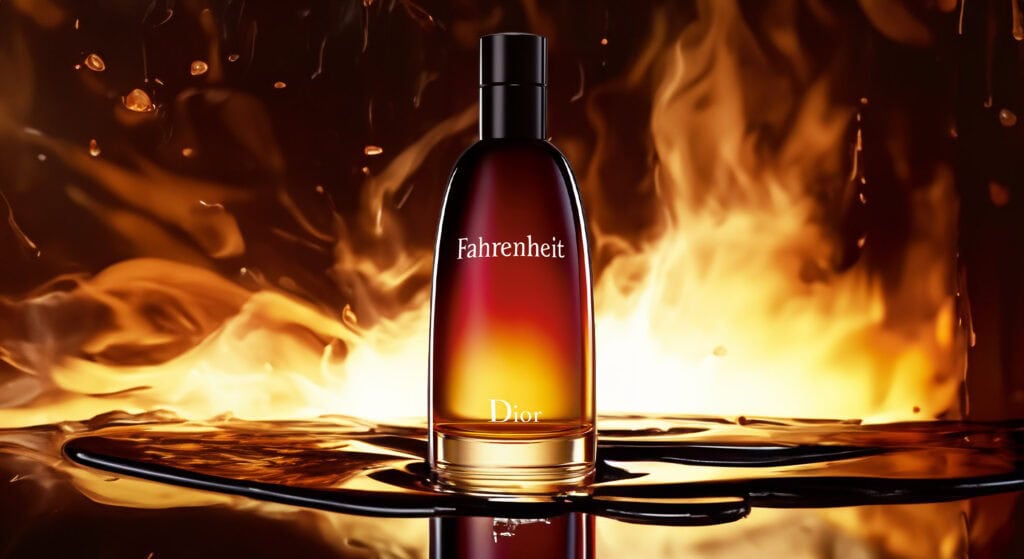The Allure of Spicy Notes in Perfumery: From Creation to Iconic Blends
Spicy notes have long held a special place in perfumery, infusing fragrances with warmth, complexity, and an exotic allure. Whether derived from exotic spices like cinnamon, cardamom, or pepper, these notes add depth and a hint of mystery to perfumes. This article delves into how spicy notes are created and used in perfumery, the art of blending them with other fragrance elements, and some of the most iconic perfumes where spicy notes are a defining feature.
Crafting Spicy Notes for Perfumery
The creation of spicy notes in perfumery often involves the careful extraction of essential oils and absolutes from various spices. These ingredients bring a vibrant, aromatic heat to fragrances, adding layers of complexity and warmth.
- Steam Distillation: This is a common method for extracting essential oils from spices like cinnamon, clove, and cardamom. The process involves passing steam through the spices, which releases their volatile aromatic compounds. As the steam condenses, the essential oil is separated from the water, capturing the pure essence of the spice. The result is a potent, warm, and richly aromatic oil that can be used as a core note in perfumes.
- CO2 Extraction: Another method used for spices such as pepper and nutmeg is CO2 extraction. This modern technique involves using supercritical carbon dioxide to extract the aromatic compounds, resulting in a highly concentrated and pure oil. CO2 extraction preserves the full complexity of the spice’s aroma, including its warmth, sharpness, and subtle nuances, making it ideal for use in high-end fragrances.
- Solvent Extraction: For more delicate spices like saffron, solvent extraction is often employed. This process involves soaking the spice in a solvent to draw out its aromatic compounds, resulting in an absolute. Spicy absolutes are rich and intense, offering a deep and nuanced scent that can add an exotic touch to perfumes.
The Art of Blending Spicy Notes
Spicy notes are versatile and can be skillfully blended with various fragrance families, each combination offering a unique olfactory experience.
- Oriental and Amber Blends: Spicy notes are a natural fit in oriental perfumes, where they add warmth and complexity. When combined with rich amber, vanilla, and resins, spices like cinnamon, clove, and saffron create a luxurious, exotic fragrance that is both sensual and enveloping. Yves Saint Laurent’s Opium is a classic example, where a blend of spicy notes, including cloves and pepper, is balanced with warm amber and sweet vanilla to create a deep, intoxicating scent.
- Woody and Earthy Scents: When paired with woody notes such as sandalwood, cedar, or vetiver, spices can add a vibrant, aromatic quality that enhances the natural warmth of the woods. Spices like nutmeg, pepper, and cardamom bring a lively, slightly sharp edge to the composition, making the fragrance more dynamic and intriguing. Tom Ford’s Noir Extreme demonstrates this blend, with its spicy heart of cardamom and nutmeg layered over a base of warm woods and amber.
- Floral and Spicy Compositions: Spices can add an unexpected twist to floral perfumes, introducing warmth and depth to the bouquet. When combined with notes like rose, jasmine, or ylang-ylang, spices like saffron or pink pepper can create a fragrance that is both romantic and sophisticated, with a hint of the exotic. Lancôme’s Trésoruses this approach, blending spicy notes with a floral heart of rose and lily of the valley, resulting in a scent that is both elegant and alluring.
- Gourmand and Sweet Scents: Spicy notes also shine in gourmand perfumes, where they can balance the sweetness of edible notes like vanilla, caramel, or chocolate. The warmth of spices like cinnamon or star anise adds a comforting, cozy quality to the fragrance, making it both indulgent and inviting. Mugler’s Angel features a blend of spicy and sweet notes, with hints of cinnamon and chocolate creating a scent that is both bold and comforting.
Iconic Fragrances with Spicy Accents
Several perfumes have become iconic for their use of spicy notes, demonstrating the versatility and allure of these warm, aromatic ingredients.
- Yves Saint Laurent Opium: A legendary oriental fragrance, Opium is rich with spicy notes of cloves, pepper, and cinnamon, blended with sweet vanilla and amber. The result is a deep, intoxicating scent that has captivated perfume lovers for decades.
- Tom Ford Noir Extreme: This fragrance is known for its bold use of spices, with cardamom, nutmeg, and saffron adding warmth and complexity to a base of rich woods and amber. Noir Extreme is a perfect example of how spicy notes can add a vibrant, dynamic quality to a fragrance.
- Lancôme Trésor: In this elegant floral perfume, spicy notes of pepper and saffron are blended with a heart of rose and lily of the valley, creating a sophisticated and romantic scent. The addition of spices adds warmth and depth, making Trésor a timeless classic.
- Mugler Angel: A pioneer in the gourmand fragrance category, Angel features spicy notes of cinnamon and star anise blended with sweet chocolate, caramel, and vanilla. The result is a bold, indulgent fragrance that has become an icon in the world of perfumery.
The Enduring Appeal of Spicy Notes
Spicy notes continue to captivate both perfumers and fragrance enthusiasts with their warmth, complexity, and ability to add an exotic flair to any composition. Whether used as a subtle accent or a dominant theme, spices bring a sense of intrigue and depth to perfumes, making them unforgettable. From the luxurious warmth of oriental blends to the dynamic vibrancy of woody and gourmand compositions, spicy notes offer endless possibilities for creating fragrances that are rich, multifaceted, and full of character. Iconic scents like Yves Saint Laurent’s Opium and Tom Ford’s Noir Extreme showcase the timeless allure of spicy notes, proving that their place in perfumery is as essential and enduring as the spices themselves.






